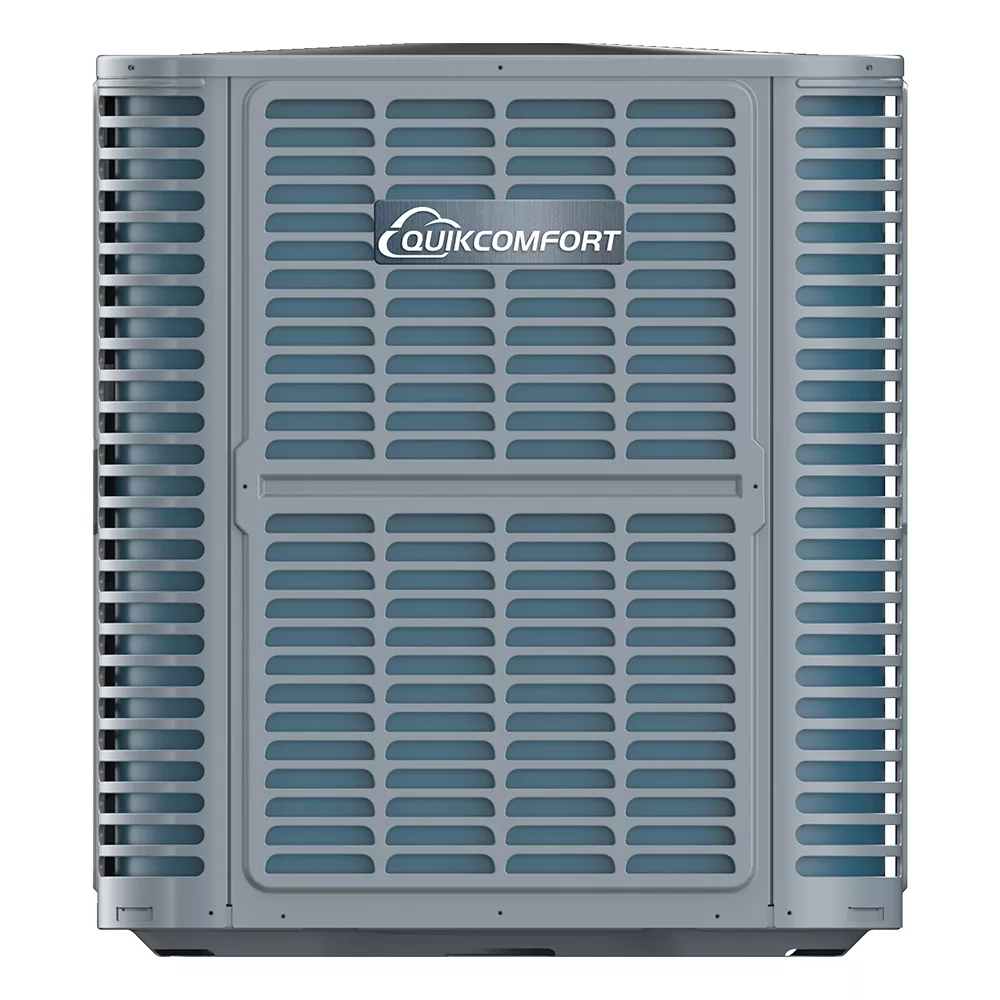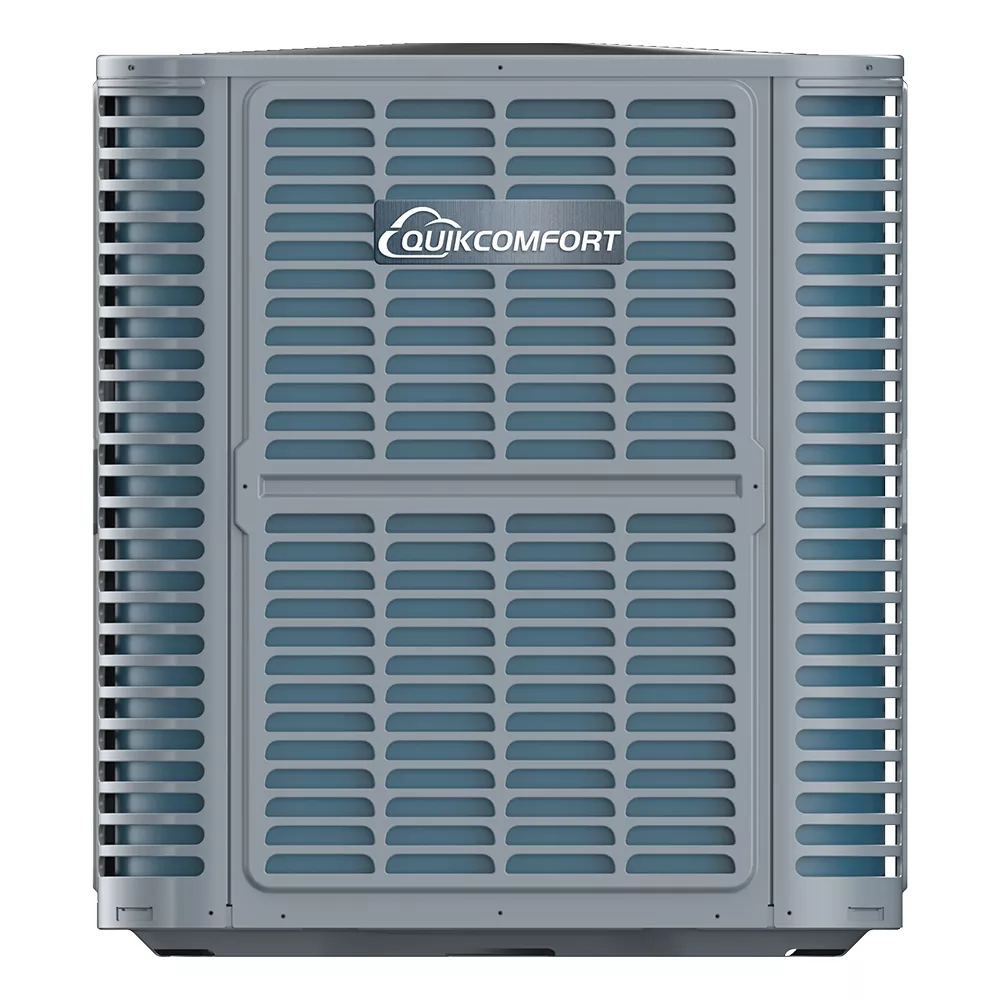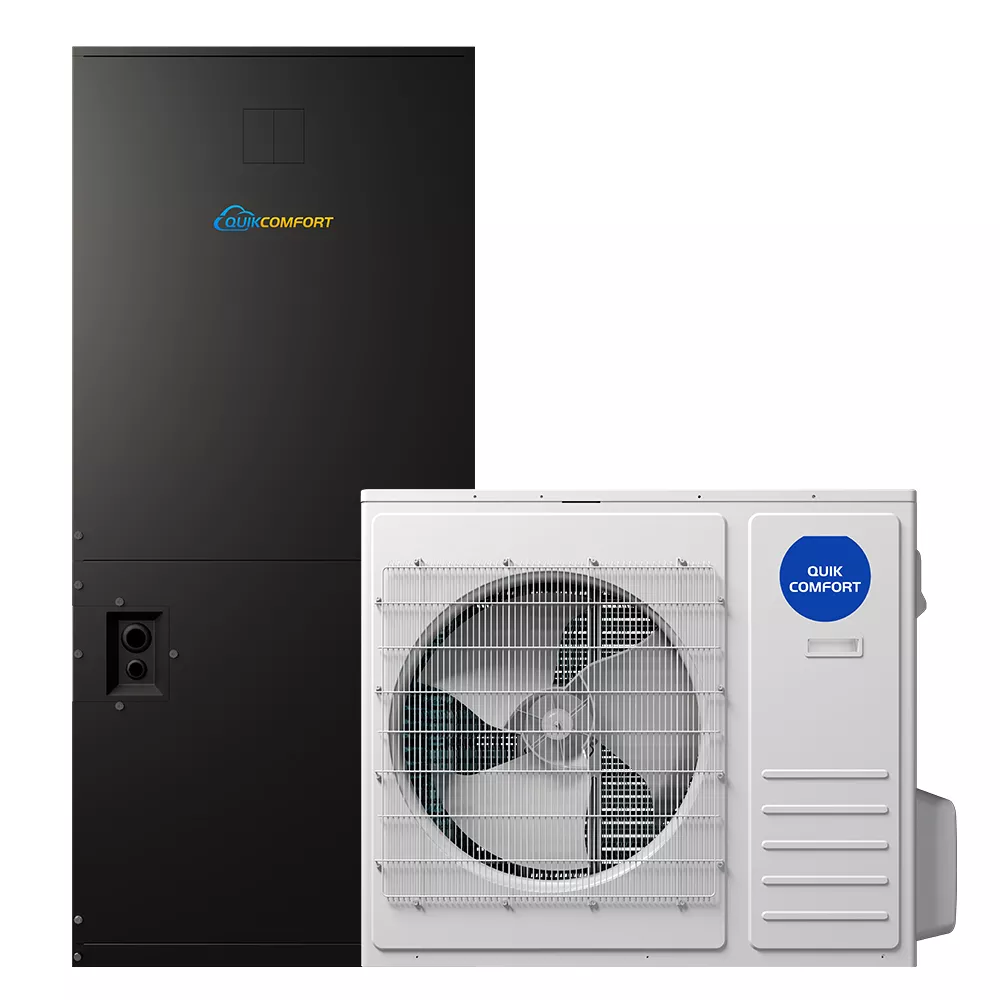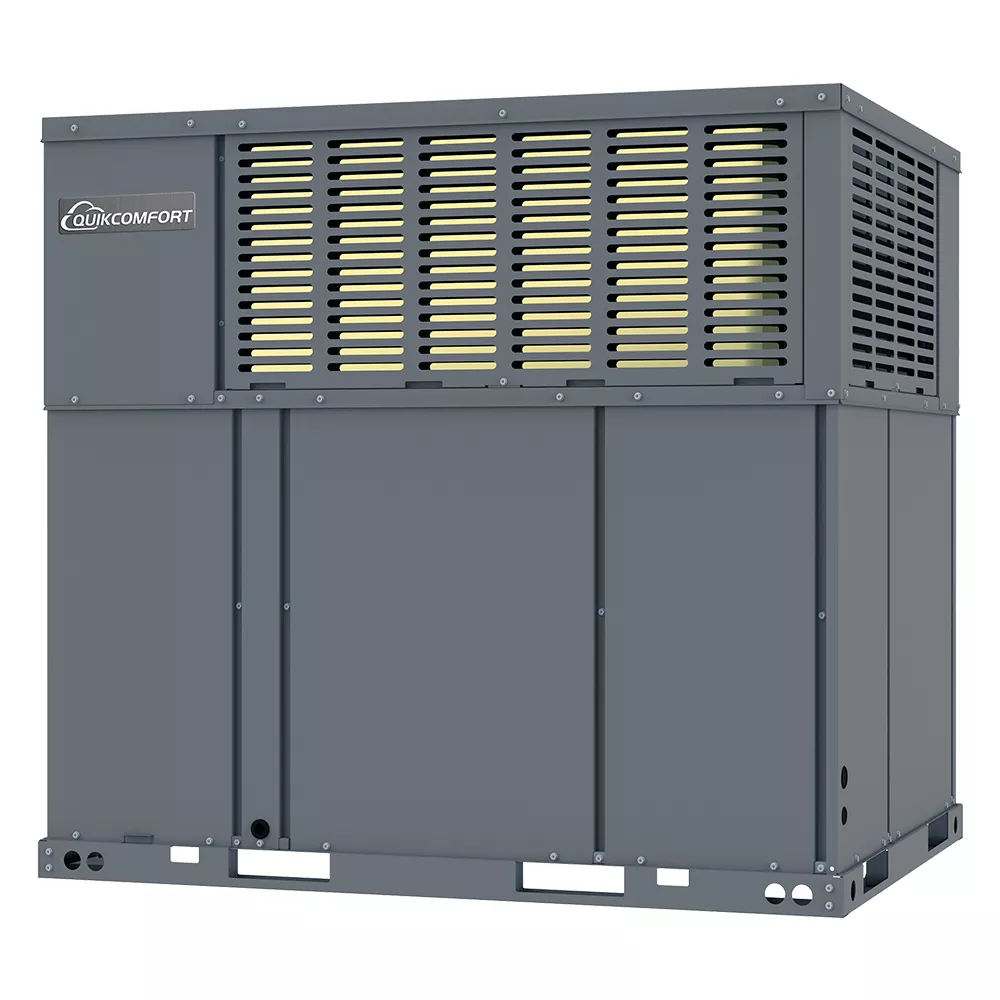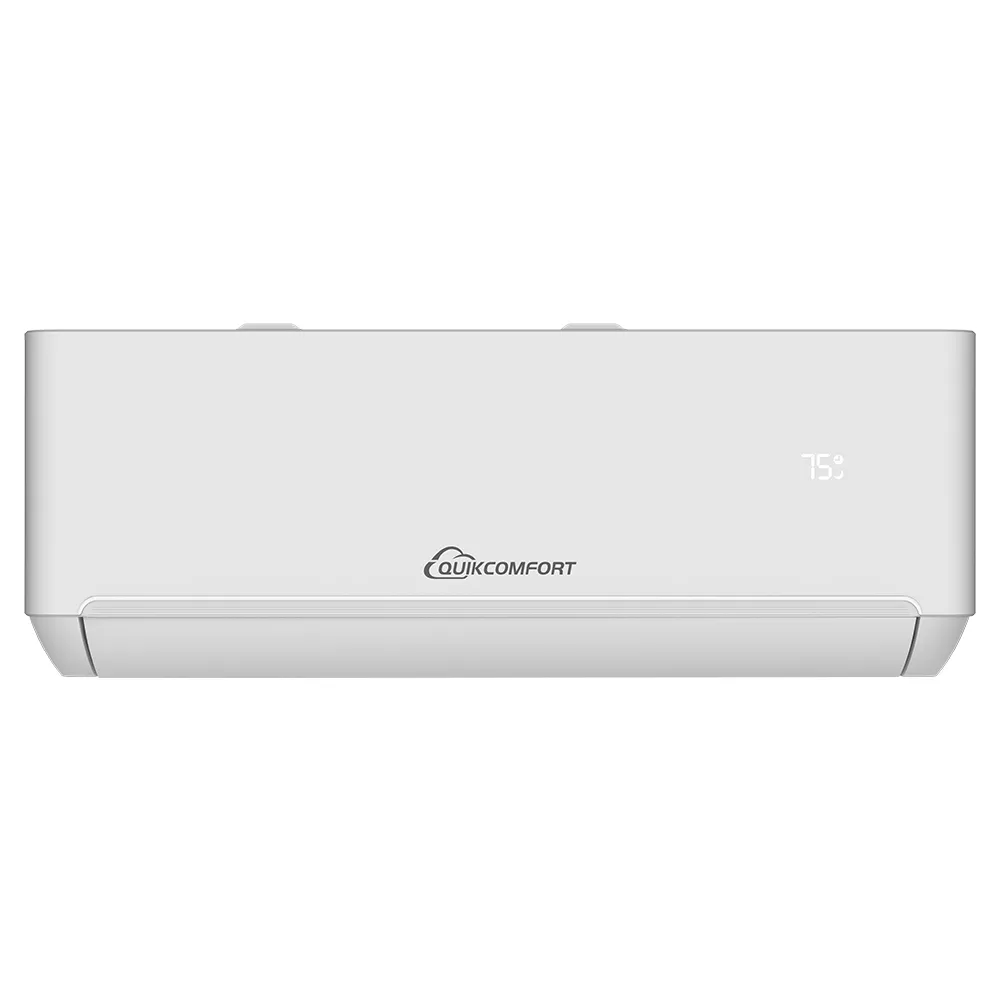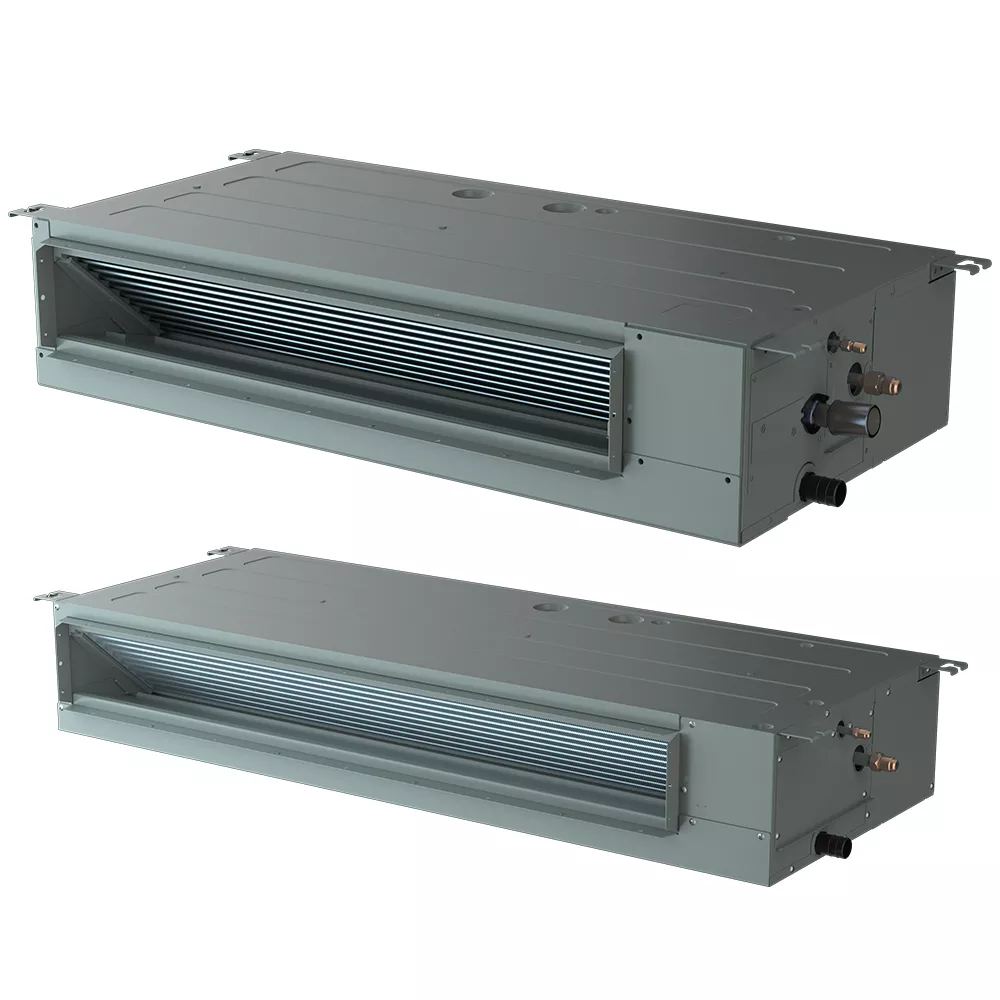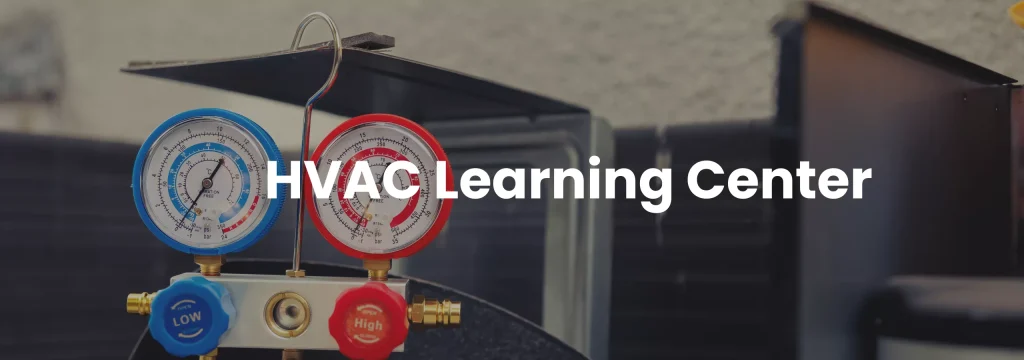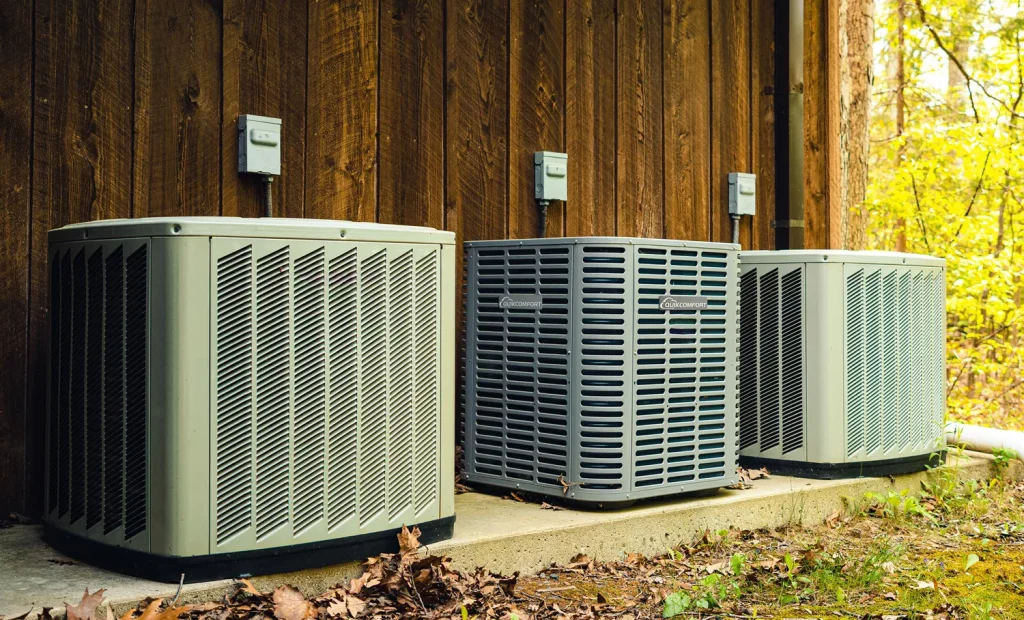Overview:
Air conditioners are designed to cool indoor spaces by transferring heat to the outside. They are essential for maintaining comfort during hot weather by reducing indoor temperatures and improving air quality.
How They Work:
Air conditioners use a refrigeration cycle to remove heat from the indoor air. The system circulates refrigerant through an evaporator coil, where the refrigerant absorbs heat from the air. The refrigerant then moves to the condenser coil outside, releasing the heat and cooling the air inside.
Types of Air Conditioners:
- Central Air Conditioners:These systems cool entire homes or commercial buildings via a network of ducts. They are typically installed in large homes or commercial buildings and provide consistent cooling.
- Ductless Mini-Split Systems:These are ideal for homes or spaces that do not have existing ductwork. They consist of an outdoor unit connected to one or more indoor units, each of which cools a specific area. Mini-splits are energy-efficient and can provide zoned cooling.
Key Features:
- SEER (Seasonal Energy Efficiency Ratio):Higher SEER ratings indicate better energy efficiency, leading to lower utility bills. For example, a 15 SEER unit uses less energy than a 10 SEER unit to cool the same space.
- Inverter Technology:Inverter-driven compressors adjust the cooling capacity based on real-time needs, improving efficiency and reducing electricity consumption.
- Quiet Operation:Many modern air conditioners are designed to operate quietly, making them suitable for bedrooms and other quiet spaces.
Installation Considerations:
- Central AC:Requires existing ductwork, and the outdoor unit should be placed in a shaded, well-ventilated area. A professional HVAC contractor will assess your home’s cooling load to determine the right system size.
- Mini-Split:Ideal for homes with no existing ducts. It requires a small hole in the wall to connect the indoor unit to the outdoor unit. Installation is relatively simple compared to central air systems.
Maintenance Tips:
- Change filters regularly(every 1-3 months) to maintain airflow and air quality.
- Clean the coilsto ensure optimal heat exchange.
- Schedule annual professional maintenanceto ensure proper refrigerant levels and system performance.


